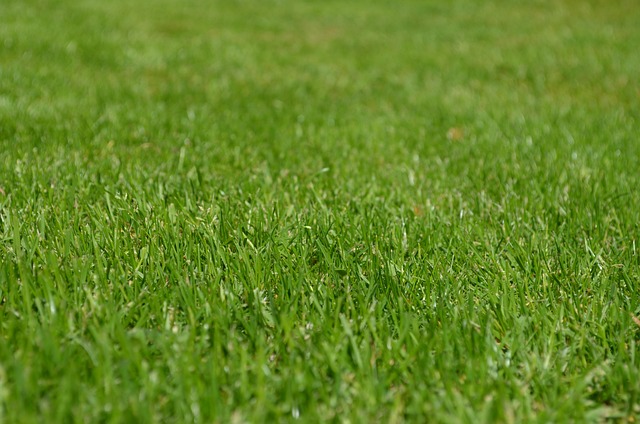Organic recycling through yard waste removal and recycling techniques diverts waste from landfills, reduces carbon footprints, and offers natural alternatives for fertilizers and energy. By identifying and separating compostable materials like leaves and grass clippings, and using them to create nutrient-rich compost or biofuel, homeowners can enhance soil fertility, promote healthier plant growth, and contribute to a greener lifestyle. Effective practices include regular collection according to local guidelines, using chipper/shredders for larger debris, and prioritizing recycling over disposal. Community participation in local recycling programs further solidifies these eco-friendly efforts.
“Discover the secrets to creating an eco-friendly home with organic recycling. In today’s world, understanding yard waste removal and recycling is more important than ever for sustainable living. This comprehensive guide explores effective strategies for managing organic materials, offering a step-by-step approach to efficient yard waste removal. Learn about the numerous benefits of embracing these practices, from reducing environmental impact to fostering a healthier planet. Embrace a greener lifestyle with our insights on organic recycling.”
- Understanding Organic Recycling for Eco-Friendly Homes
- Yard Waste Removal: A Step-by-Step Guide
- Benefits and Best Practices for Sustainable Living
Understanding Organic Recycling for Eco-Friendly Homes

Organic recycling is a vital component of creating eco-friendly homes, focusing on reducing waste and promoting sustainable living. It involves the transformation of organic materials, such as food scraps, yard waste, and plant debris, into nutrient-rich compost or bio-fuel. This process not only diverts significant amounts of waste from landfills but also offers a natural alternative to synthetic fertilizers and energy sources.
By implementing organic recycling practices at home, individuals can contribute to a greener environment. Yard waste removal and recycling techniques allow for the composting of organic matter, which can then be used to enhance soil fertility and support healthy plant growth. This approach reduces the carbon footprint associated with traditional waste management methods, fostering a more sustainable and eco-conscious lifestyle.
Yard Waste Removal: A Step-by-Step Guide

Organic recycling starts with proper yard waste removal, a process that can be broken down into several simple steps. First, identify which materials are considered compostable: this includes leaves, grass clippings, and small branches. Next, gather these items and place them in a designated compost bin or pile, ensuring they’re moist but not soggy. Regularly turn the pile to aerate it, speeding up the decomposition process. Once the materials have broken down into nutrient-rich compost, you can use it to enhance your home’s eco-friendliness by enriching garden soil or as mulch around plants.
For non-compostable yard waste like large branches and weeds, consider using a chipper/shredder to reduce their volume. This not only makes removal easier but also allows for the materials to be used in other ways, such as creating pathway mulch or adding to soil amendments. Regularly schedule yard waste removal, following local guidelines for collection days, and always look for opportunities to recycle instead of discarding materials.
Benefits and Best Practices for Sustainable Living

Sustainable living through organic recycling, especially in eco-friendly homes, comes with numerous environmental benefits. By implementing proper yard waste removal and recycling practices, homeowners can significantly reduce their carbon footprint. Composting organic materials from gardens and kitchens creates nutrient-rich soil that enhances local ecosystems and promotes healthier plant growth. This practice not only minimizes the amount of waste sent to landfills but also reduces greenhouse gas emissions associated with decomposition.
Best practices for sustainable living include separating organic waste from other recyclables, using designated containers for compostable materials, and regularly maintaining composting systems to ensure optimal conditions for breakdown. Additionally, residents can contribute by leaving yard clippings on the lawn rather than bagging them, allowing them to decompose naturally and enrich the soil. Encouraging community participation in local recycling programs further solidifies these eco-friendly efforts.
Organic recycling, especially through proper yard waste removal and recycling practices, is a powerful tool for creating eco-friendly homes. By understanding the benefits and implementing step-by-step guides like those provided here, we can significantly reduce our environmental impact. Adopting sustainable living practices not only contributes to a healthier planet but also fosters vibrant communities. So, let’s take action, embrace these best practices, and make our homes and neighborhoods greener one step at a time.
